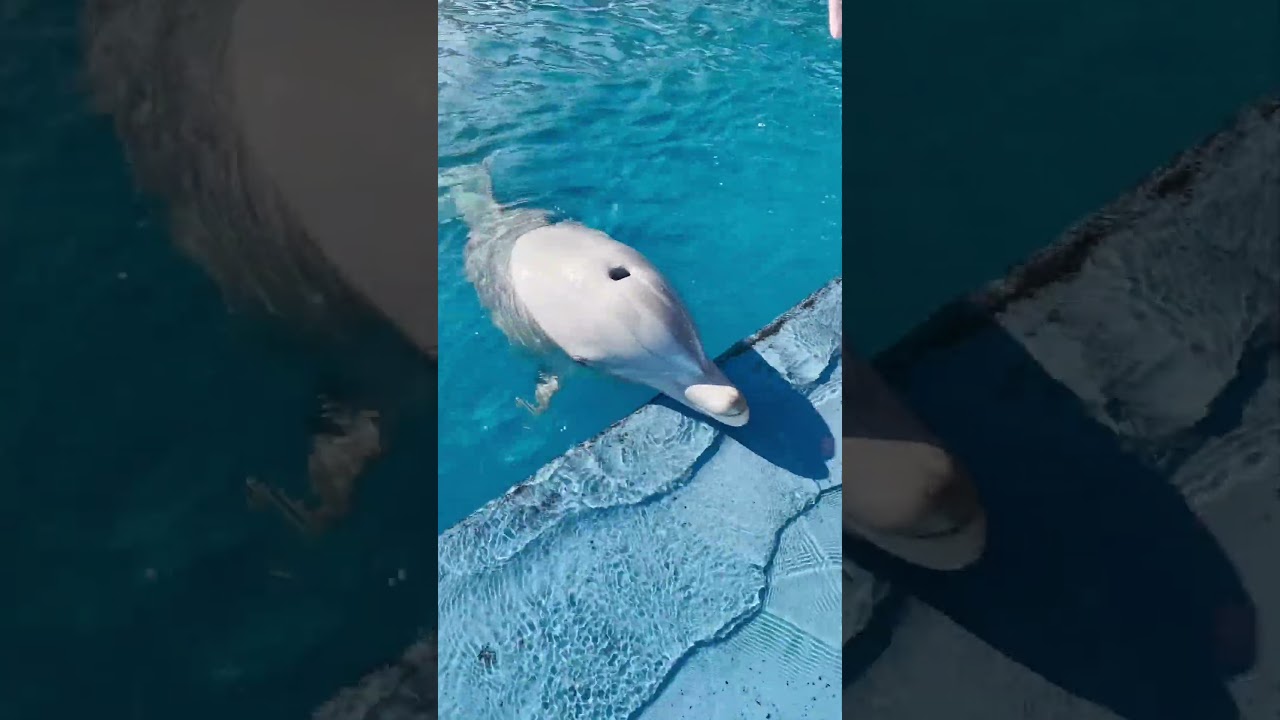– Understanding how dolphins sleep
– The impact of sleep patterns on dolphin behavior and health
– Conservation efforts to protect dolphins and their natural habitats
– The role of zoo management in educating the public about dolphins
Dolphins are fascinating creatures, famous for their intelligence and playful behavior. But one of the most intriguing aspects of their biology is how they sleep. Unlike humans and most other animals, dolphins have developed a unique method of resting that allows them to maintain awareness of their environment and continue breathing. At the same time, part of their brain takes a break. This article dives into the complexities of dolphin sleep, its implications for their behavior and health, the conservation efforts to protect these marine mammals, and how zoos contribute to education and conservation.
**Understanding How Dolphins Sleep**
Dolphins sleep through a process known as unihemispheric slow-wave sleep (USWS), where one hemisphere of the brain remains awake while the other rests. This adaptation is crucial for their survival, enabling dolphins to surface for air, avoid predators, and remain semi-alert to their surroundings even while sleeping. This method contrasts significantly with how land mammals sleep, showcasing the evolutionary creativity of nature in adapting to the aquatic environment. Research indicates that dolphins can switch the active hemisphere of the brain during their rest cycle, allowing them to rest both halves of their brain equally over time.
**The Impact of Sleep Patterns on Dolphin Behavior and Health**
The unique sleep method of dolphins has significant implications for their behavior and health. For instance, the ability to remain partially conscious during sleep may help explain their complex social structures and communications and their ability to navigate long distances in the ocean. However, this form of sleep also means that dolphins cannot enter a full, deep sleep, which raises questions about how this affects their overall restfulness and health. Studies suggest that dolphins do not show signs of sleep deprivation despite their unusual sleeping patterns, indicating that USWS provides sufficient rest for their needs.
**Conservation Efforts to Protect Dolphins and Their Natural Habitats**
Conservation efforts are critical for protecting dolphins and their natural habitats. Human activities, including fishing, pollution, and habitat destruction, threaten dolphin populations worldwide. Conservationists work to mitigate these impacts through legal protection, habitat preservation, and public education. By establishing marine protected areas and promoting sustainable fishing practices, conservation efforts aim to safeguard dolphins’ future. Additionally, research into dolphin behavior and physiology supports conservation by providing a scientific basis for protection strategies.
**The Role of Zoo Management in Educating the Public About Dolphins**
Zoo management plays a pivotal role in educating the public about dolphins and the challenges they face in the wild. Modern zoos focus on conservation and education, using dolphin exhibits to highlight these animals’ intelligence and social nature, as well as the threats to their survival. Through educational programs, interactive displays, and engagement with zoo visitors, zoo management can foster a deeper appreciation for dolphins and a commitment to their conservation. Zoos also contribute to scientific research on dolphin behavior, physiology, and health, further supporting efforts to protect these remarkable creatures.
Understanding how dolphins sleep enlightens us about the adaptations marine mammals have made to thrive in their environments. The sleep patterns of dolphins influence their behavior and health and underscore the necessity of conservation efforts to protect these fascinating animals. Through the combined efforts of conservationists and zoo management, we can work towards a future where dolphins continue to thrive both in the wild and managed care settings. Educating the public about dolphins and their unique sleep behavior is a cornerstone of these efforts, contributing to a broader understanding and appreciation of marine life.
*****
Source Description
Javi, cuidador de delfines, te lo cuenta en este vídeo 👀
✨ ¿Qué más te gustaría saber de estos animales?
#Oceanogràfic #OceanogràficValencia #Delfines #Delfín #Aquarium #Acuario


